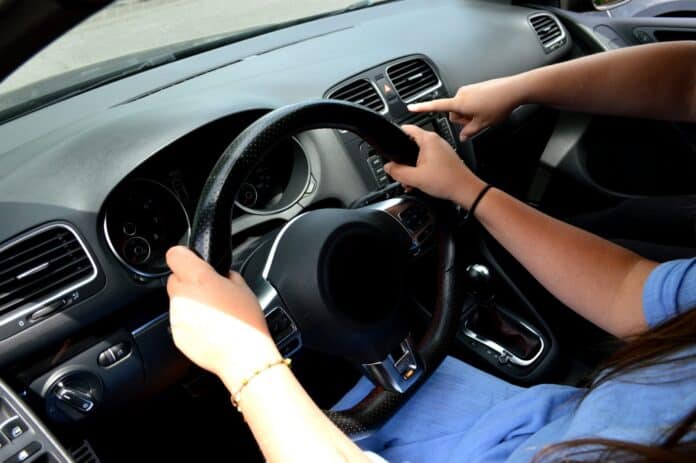The adage “practice makes perfect” may not always ring true, but research from the Virginia Tech Transportation Institute provides new evidence that practice does make teen driving safer.
Published in the National Academies of Sciences, Engineering, and Medicine, the study is the first to find statistically significant evidence that increased amounts of driving practice during the learner’s permit phase can help reduce crash and near-crash events for teen drivers.
By analyzing data collected by using four in-car cameras to monitor teens throughout both the permit and independent phases of driving, researchers found that teen drivers who practiced more had 30 percent fewer crash or near-crash incidents.
“Teens that practice driving, especially in a variety of environments, throughout their learner’s permit stage help reduce their crash risk and improve safety outcomes once they are out driving on their own,” said Charlie Klauer, a research scientist at the Virginia Tech Transportation Institute (VTTI), and lead author of the study. Klauer is also an associate professor in the Grado Department of Industrial and Systems Engineering.
The analysis studied the novel research of 82 teen drivers who were monitored for 22 months with the naturalistic driving study method pioneered at VTTI. The observation occurred from 2011-14 and included having four nonintrusive cameras installed into the teens’ vehicles during their learner’s permit phase and during the first 12 months of independent driving, which was the first time this population of drivers had been studied in this manner.
Done in collaboration with Johns Hopkins University and TransAnalytics Inc., a Philadelphia-based research company, the new analysis of the data revealed that teen drivers with less supervision had 17 crash or near-crash events per 1,000 hours of driving, while teens with more supervision had 12 crash or near crash events per 1,000 hours of driving.
Additionally, the study found:
- Girls with less varied driving practice had a higher rate of safety-critical events than boys.
- Teens who shared a family car had fewer risky driving behaviors than those with their own vehicles.
- Teens who engage in more supervised driving in diverse conditions, such as during nighttime hours and on unfamiliar or varied road types, experience fewer crashes once they begin driving independently.
- Many of the teens didn’t meet the required 45 hours of driving time during the permit phase in Virginia.
Funded by the National Academies of Science through the Behavioral Traffic Safety Cooperative Research Program, teenagers in the research phase drove nearly 110,000 miles during the learner’s permit phase and 380,000 miles during the independent phase.
Educating teens and their parents about the importance of driver safety has never been more urgent as crash fatalities involving young drivers ages 15–20 continue to rise. According to new data from the National Highway Traffic Safety Administration, 5,588 people were killed in crashes involving a teen driver in 2023, a 4.2 percent increase from 2022.
Overall, the study recommends that driver education programs, policymakers, and parents prioritize safety education alongside supervised driving experiences to help increase the level of safety for novice drivers.
By Eric Holbrook


